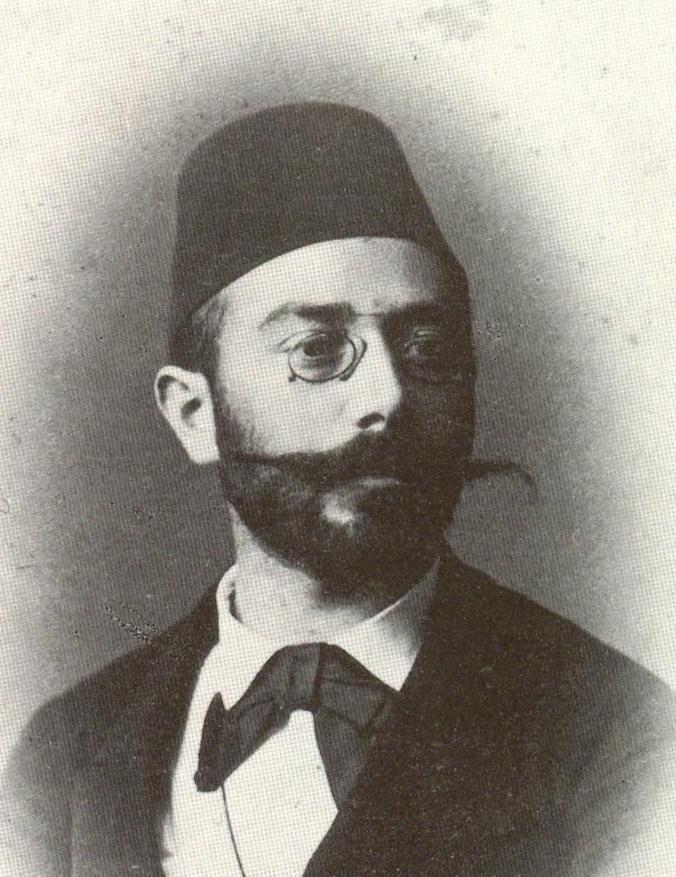[First posted in AWOL 5 August 2017, updated 16 January 2021]
The collection of the Austrian scholar and explorer Eduard Glaser (1855-1908) was acquired in 1910 by the Academy of Sciences in Vienna. The epigrapher and specialist in the South-Arabian language brought back a huge amount of medieval Arabic manuscripts, and stone inscriptions, nowadays spread over Europe, as well as squeezes of the non-transportable ones, photographs, glass-negatives, diaries, and notes of historical importance. The Academy owns the latter precious documents of the 1880s and 1890s and within this project they are going to be digitally preserved and partly scientifically analyzed. Moreover, the international scholarly community – most of the researchers in this field are abroad – could participate and benefit from the digital items, either to download in high quality or to contribute their results of research. They will mark one further step towards the integration of the History and Culture of South Arabia within the field of ancient Near Eastern studies and will help to give a fuller historical background from the early first millennium BCE till the rise of Islam. This applies, above all, to the glass negatives and photographs with historical significance and the five unexplored diaries with their ethnological, historical and linguistic documentation. Another part will be the development of a linguistic text analyzing tool KALAM reloaded for the inscriptions written in closely related Semitic languages like Sabaic, Qatabānic, Minaic/Madhābian, and Ḥaḍramitic language that could help to better resolve illegible passages/letters, while giving the full grammatical information with translation. All these items, catalogued and searchable in a web-application, are going to be visualized in a geographical map-search.The Structured from Motion method (SfM) has been selected for the scans of both sides of the 2155 squeezes left from the first project “Pilot-3D-Digitizing of Rare Ancient South Arabian Squeezes, 19th Century Glaser Collection”. This technique has been chosen after evaluating other possibilities (pulse based laser scanner, structured light scanner, arm based 3D scanners and Reflectance Transformation Imaging (RTI)). Time, accuracy and project resources are among the important elements that make this technique the best for the two-year period of the project. SfM is well known for the accuracy and good quality of the textures that can be achieved.scannerThe Scanning Process (by Moises Hernandez-Cordero)
The workflow will use a photo tent for capturing of the data together with the markers for an accurate geometry. These elements will enhance accuracy, colour management and light parameters during the processing of the images. The Canon EOS5D Mark III with the Canon 50 mm lens is the camera used to capture the images. Agisoft Photoscan Pro 1.3.4 is the software selected to process the data and to create the 3D models with texture (obj format). Then, these will be exported on the 3D open source Meshlab 2016 to create an additional file (analyse file.png) with a filter (radiance scaling). At the end of the process, the files will have three important qualities of the squeezes collection, geometry, texture and an image file highlighting the most important features of the squeeze itself.











 Stumble It!
Stumble It!

No comments:
Post a Comment